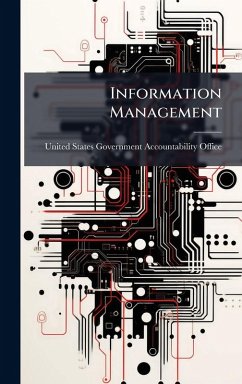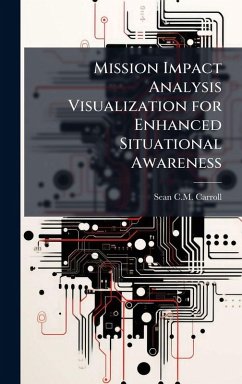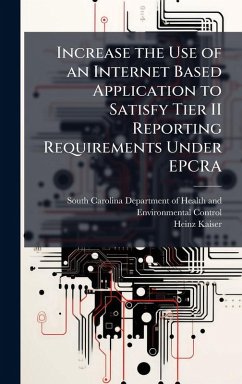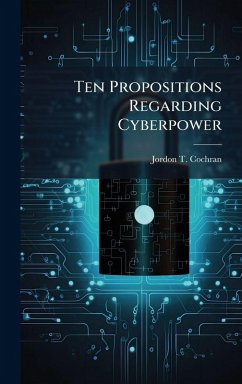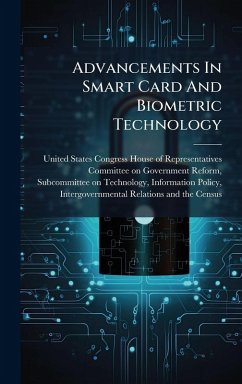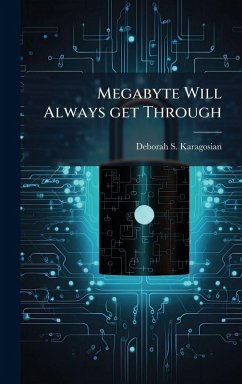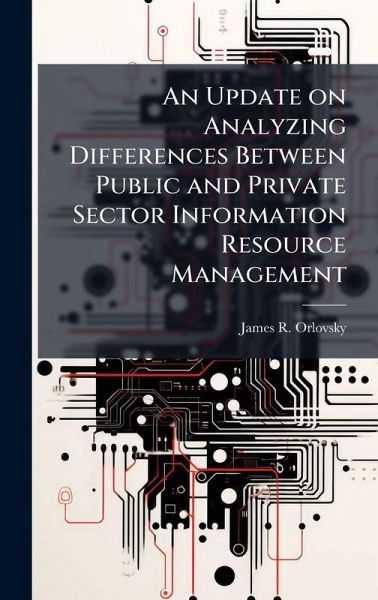
An Update on Analyzing Differences Between Public and Private Sector Information Resource Management
Versandkostenfrei!
Versandfertig in über 4 Wochen
29,99 €
inkl. MwSt.
Weitere Ausgaben:

PAYBACK Punkte
15 °P sammeln!
Change is a constant within our contemporary IRM environment. The rapid development of information and communication technologies has been the most predominant among the many agents of change that are forcing a reevaluation of the role of the IRM professional. Few studies to date have compared public and private sector CIO perceptions concerning the IRM challenges and critical technologies faced by their organization. An earlier study concluded that the sectors' CIOs do perceive to be faced with many of the same challenges and also view many of the same technologies as critical to the organiza...
Change is a constant within our contemporary IRM environment. The rapid development of information and communication technologies has been the most predominant among the many agents of change that are forcing a reevaluation of the role of the IRM professional. Few studies to date have compared public and private sector CIO perceptions concerning the IRM challenges and critical technologies faced by their organization. An earlier study concluded that the sectors' CIOs do perceive to be faced with many of the same challenges and also view many of the same technologies as critical to the organization's operations. A limiting factor identified in that study was the temporal separation of sector sampling. Any conclusions comparing the public and private sectors were based on survey responses separated by almost one year. The goal of this research is to validate if public and private sector senior IRM managers perceive to still be faced with the same challenges and view the same technologies as being critical to an organization's IRM requirements. This work has been selected by scholars as being culturally important, and is part of the knowledge base of civilization as we know it. This work was reproduced from the original artifact, and remains as true to the original work as possible. Therefore, you will see the original copyright references, library stamps (as most of these works have been housed in our most important libraries around the world), and other notations in the work. This work is in the public domain in the United States of America, and possibly other nations. Within the United States, you may freely copy and distribute this work, as no entity (individual or corporate) has a copyright on the body of the work. As a reproduction of a historical artifact, this work may contain missing or blurred pages, poor pictures, errant marks, etc. Scholars believe, and we concur, that this work is important enough to be preserved, reproduced, and made generally available to the public. We appreciate your support of the preservation process, and thank you for being an important part of keeping this knowledge alive and relevant.



